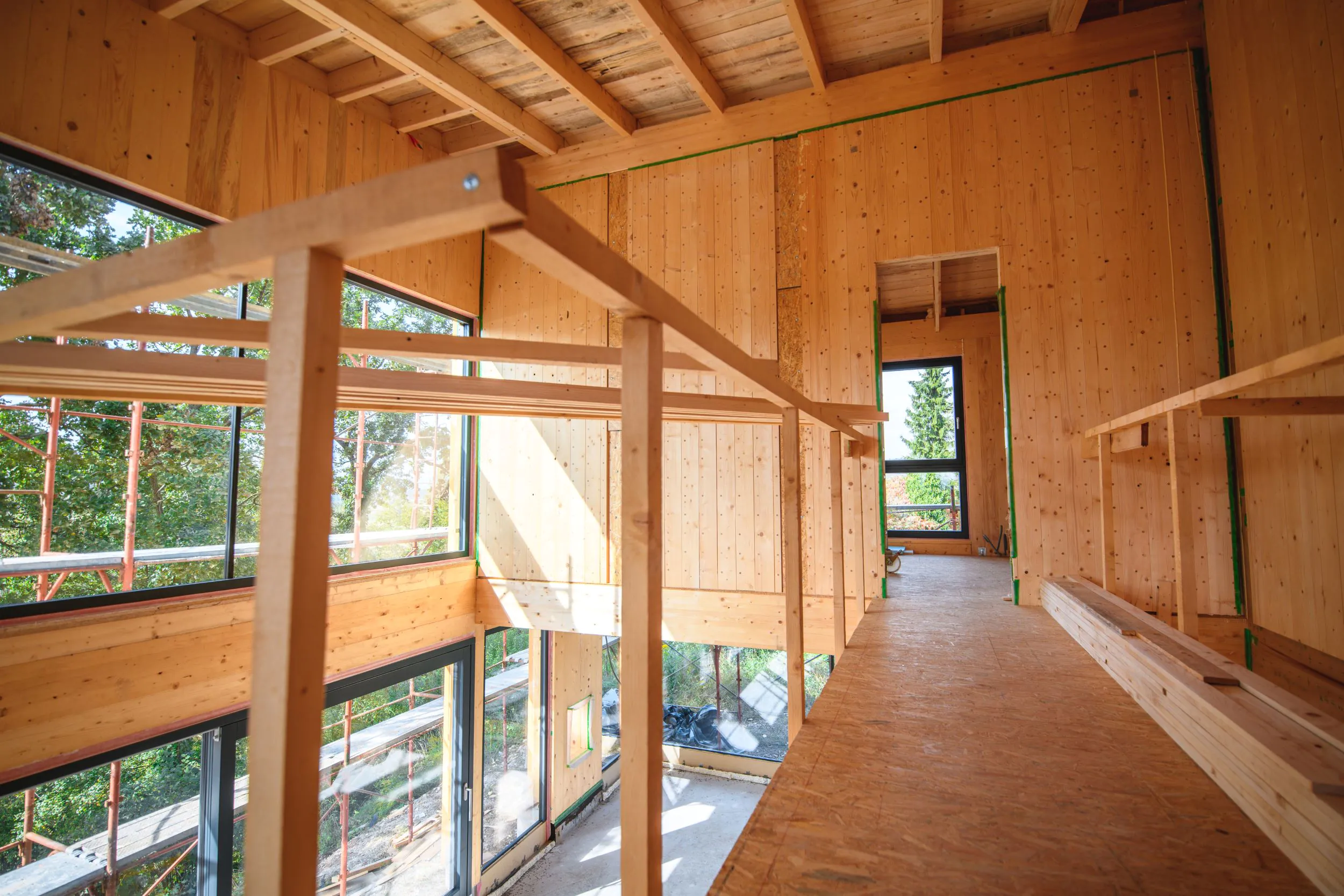Wood is in high demand around the world, and will continue to be over the next several decades. With numerous applications such as construction, furnishings, and paper products, it is a key product in many industries and a popular material with consumers. And while concerns around sustainability may bring challenges in terms of responsible forestry practices and access to certain types of woods, those same concerns also make wood — and engineered wood products in particular — a highly desirable material.
High Demand for Wood Materials
The global market for engineered wood products was valued at over $275 billion in 2021 and is expected to reach nearly $490 billion by 2028. According to a report by the United Nations, global consumption of wood and wood products will increase by 37% between 2022 and 2050. Sawn wood, veneer, plywood, particleboard, pulp, and other products will all be in high demand over the next several decades. If wood is increasingly used in place of non-renewable materials, consumption will be at least 8% higher than if we continue our current usage patterns.
The report, published by the Food and Agriculture Organization of the United Nations, calls wood a “critical material” when it comes to fighting climate change and protecting biodiversity and the environment. It predicts that consumption of wood products will rise faster than the growth rate of the world’s population, bolstered by rising demand for consumer goods in emerging regions and by increased activities in the construction sector.
In order to meet this demand, sustainable forest management practices and the planting of millions of hectares of new forests will be required. The high demand also means that engineered wood will become even more important as governments and businesses try to make efficient use of wood resources and reduce waste.
What is Engineered Wood?
The engineered wood category includes a range of wood products such as plywood, particle board, medium-density fiberboard (MDF), and oriented strand board (OSB). These products are made by binding wood fibers, particles, strands, veneers, or boards together with adhesives to create a composite material. Other names for engineered wood include mass timber, composite wood, and manufactured board.
Often these products, such as plywood, are made with multiple layers with the grain of the layers oriented 90 degrees to each other so as to add strength and durability. This allows them to hold nails, screws, and fixings without splitting like some woods might, and makes them less vulnerable to moisture. These qualities make engineered wood products popular in the furniture and construction industries, where they are used not only for applications like flooring and siding but also in more structural roles such as wood frames.
What Makes Engineered Wood Products Sustainable?
Wood is, of course, a renewable resource, though it takes time for trees to grow to an appropriate size. But engineered wood has a lower environmental impact than solid logs, as it can be made from sawmill byproducts, small and awkwardly shaped logs, and recycled wood. This reduces the number of trees needed to create the wood products and prevents material from being wasted. As with any wood product, it also has the significant benefit of carbon sequestration — as trees grow, they absorb CO2 from the atmosphere, usually in greater volumes than the emissions that are created from forest management processes.
The manufacture of engineered wood products also typically creates substantially lower emissions than steel or concrete, making them an attractive construction material. The processes needed to form them are less energy-intensive, resulting in lower fossil fuel usage. In addition, engineered wood products come in more consistent dimensions and are easier to create in custom and pre-cut sizes, requiring less cutting to fit specific purposes and resulting in less wasted material.
One drawback to engineered wood products, however, is that the adhesives used to bind the components together aren’t necessarily environmentally friendly and the resulting product may not be biodegradable. Synthetic resins are often used in wood composites and may contain formaldehyde or other toxic chemicals, posing a risk to both the environment and to humans (though the risk from off-gassing is typically quite low once the resin has set and cured). They also come from non-renewable sources such as oil and gas.
While these synthetic resins are currently commonly used in the industry, there are alternative adhesives in use that are made from natural plant and animal sources. These include soy adhesive, blood glue, and potato-based glue, as well as bonding agents like starch, lignin, and tannin. Engineered wood products made with these kinds of adhesives are fully biodegradable and therefore more sustainable.
Looking to the Future
Sustainability is a growing concern among not only individual consumers but governments and international organizations as well. Environmentally friendly products are becoming less of a niche and more of a requirement as countries work to reduce emissions and waste.
The construction industry is responsible for a significant amount of global emissions, and the world’s growing population and continuing development in countries around the world means there will be no shortage of construction projects in the coming years and decades. Businesses and governments are therefore looking for materials and solutions to reduce the industry’s environmental impact, meaning that there is substantial opportunity for growth in the engineered wood product industry. There are already a number of building projects in various countries that are replacing steel and concrete components with wood. Expect many more to spring up in the future as environmental protection efforts ramp up globally.



